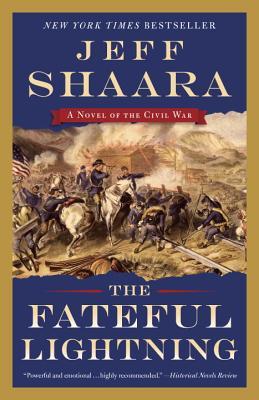What do you think?
Rate this book


641 pages, Paperback
First published January 2, 2015
It is officially reported to me that our foraging parties are murdered after capture and labeled "Death to all Foragers."[...] I have ordered a similar number of prisoners in our hands to be disposed of in like manner. I hold about 1000 prisoners captured in various ways and can stand it as long as you; but I hardly think these murders arc committed with your knowledge, and would suggest you give notice to the people at large, that every life taken by them simply results in the death of one of your Confederates...
Within days, Hampton's reply was received.
I shall shoot two Federal prisoners for every one of my men you execute...